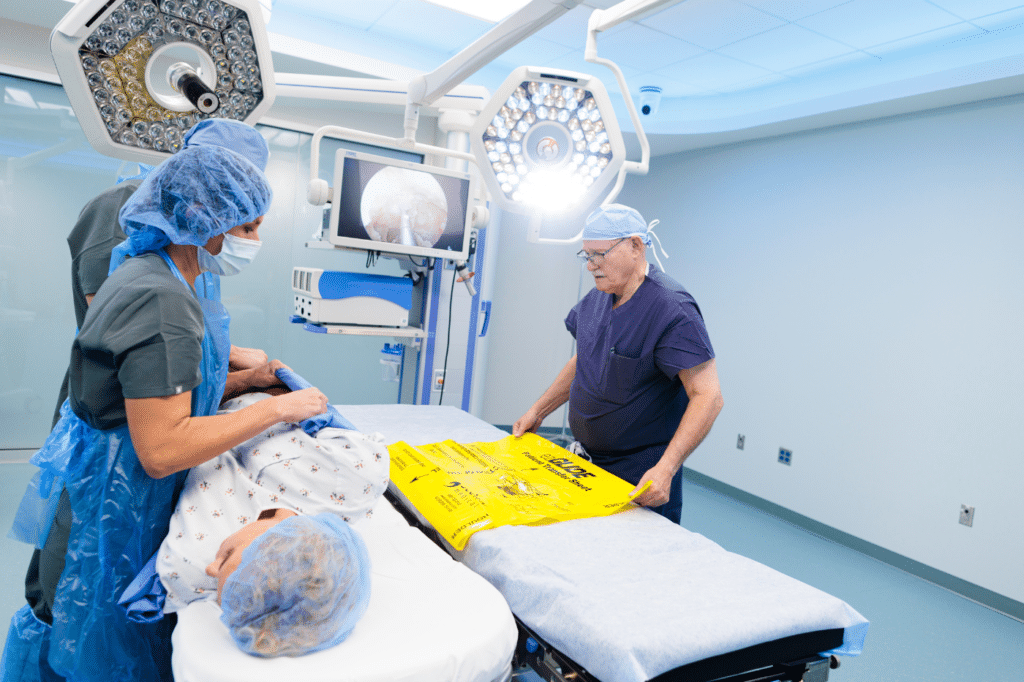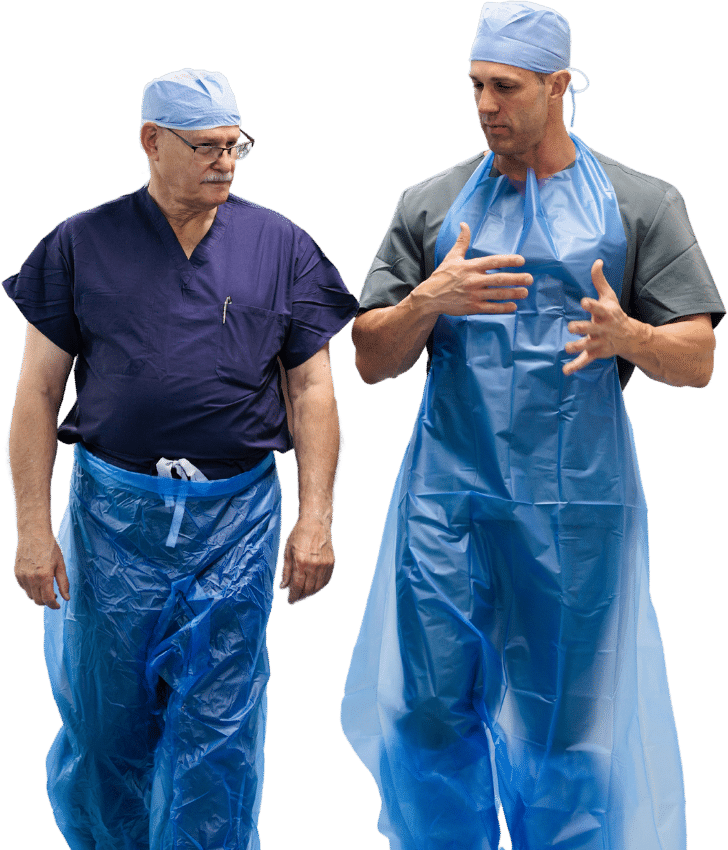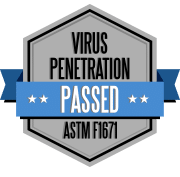According to the United States Department of Labor, over 50 percent of injuries and illnesses reported in 2020 among nursing assistants were musculoskeletal disorders. That means that healthcare workers face an even bigger ergonomic risk than other fields. Why? Because so many movements required by the job present inherent occupational safety challenges.
What are Common Work-Related Musculoskeletal Disorders that Healthcare Workers Face?
- Sprains and strains
- Slipped discs and other back injuries
- Slips, trips, and falls
- Punctures and cuts
- Broken bones
- Head trauma
With so many causes for concern, you may be wondering: how do I reduce risk, not just for myself, but within my entire facility?
Ergonomics Tip for Healthcare Professionals: Pay Attention to PPE
It’s easy to think of gloves and gowns first as pieces of PPE, which is why you may be wondering what those have to do with reducing the risk of musculoskeletal injuries.
When it comes to ergonomic care and solutions, the type of PPE we are referencing is actually in relation to equipment that keeps healthcare professionals safer, like transfer boards—specifically, Sloan Medical’s ezGLIDE® Disposable Patient Transfer Sheet.
This sheet is disposable and designed to reduce strain on backs. It also helps to minimize disease spread among patients, which is typically a tough order with traditional transfer boards.
ezGLIDE keeps healthcare professionals safer for a lot of reasons. Below is a quick summary, but you can read more here.
- ezGLIDE is designed to reduce back strain, so you don’t have to worry about injuring yourself while moving a patient to another surface.
- ezGLIDE is sterile and disposable, so you don’t have to spend time cleaning a transfer board properly or keeping up with all the required cleaning supplies.
- ezGLIDE is meant to stop the spread of infectious diseases, so you can do your job with the level of safety and security you deserve.
Consider an Ergonomics Program for Your Healthcare Facility
In today’s professional landscape, stress on the job is higher than ever—no matter the field. Society has been through a lot with the pandemic, resulting in many employers creating wellness programs for their teams. While that is great, it’s important to make sure that the program includes care for ergonomics.
Ways to do this effectively include:
- Ensure a commitment to better ergonomics by leadership, management, and front-line employees.
- Strive for a work culture that places value on worker wellness.
- Conduct thorough ergonomic assessments with qualified ergonomic specialists.
- Make training materials readily available to employees and integrated into onboarding and ongoing education.
- Gather ergonomic data regularly; figure out what is taking up the most exertion by your team, and where risks are most prevalent.
- Request injuries be reported quickly in great detail so improvements can be made immediately and benefit all.
- Encourage self-care when employees are off the clock.
Workplace Injury Prevention
When looking for ways to keep everyone safer, facility-wide, consider implementing things from this quick and accessible checklist:
Say Yes to a Stretch
We’ve all been there—one wrong move, like when doing a patient transfer, and you feel it right away: a pop, a crack, a crick. Simple stretches that focus on the arms, legs, and back can make all of the difference when it comes to preventing things like a pain in the neck, a cramp in the arm, or a pulled muscle. So be sure to take five minutes to warm up your body before the work day.
Outfit Your Office
While most of your duties may be done while on the move or on your feet, it’s important that whatever desk time you and your colleagues do have, you are protected from an ergonomic standpoint. This means having chairs that are high quality—you may even want to go with one advertised as “ergonomically friendly.” There are also things like padded keyboards and mouse pads for wrists, a computer mouse that’s designed especially for hand comfort, and step stools for better foot placement under the desk.
Better Best Practices
Health administrative professionals are no strangers to OSHA regulations, workers’ compensation, and the compensation costs when someone is injured in their facility. This is why it’s important to make sure there are guides and best practices available and highly visible to staff. Best practices should be reviewed frequently and updated as needed for the highest potential for safety.
Perfect PPE
See how the ezGLIDE® Disposable Patient Transfer Sheet compares to the clunky (and gross) traditional transfer board, AND we’ll even send you a free sample so you or your staff can compare it for yourself.
